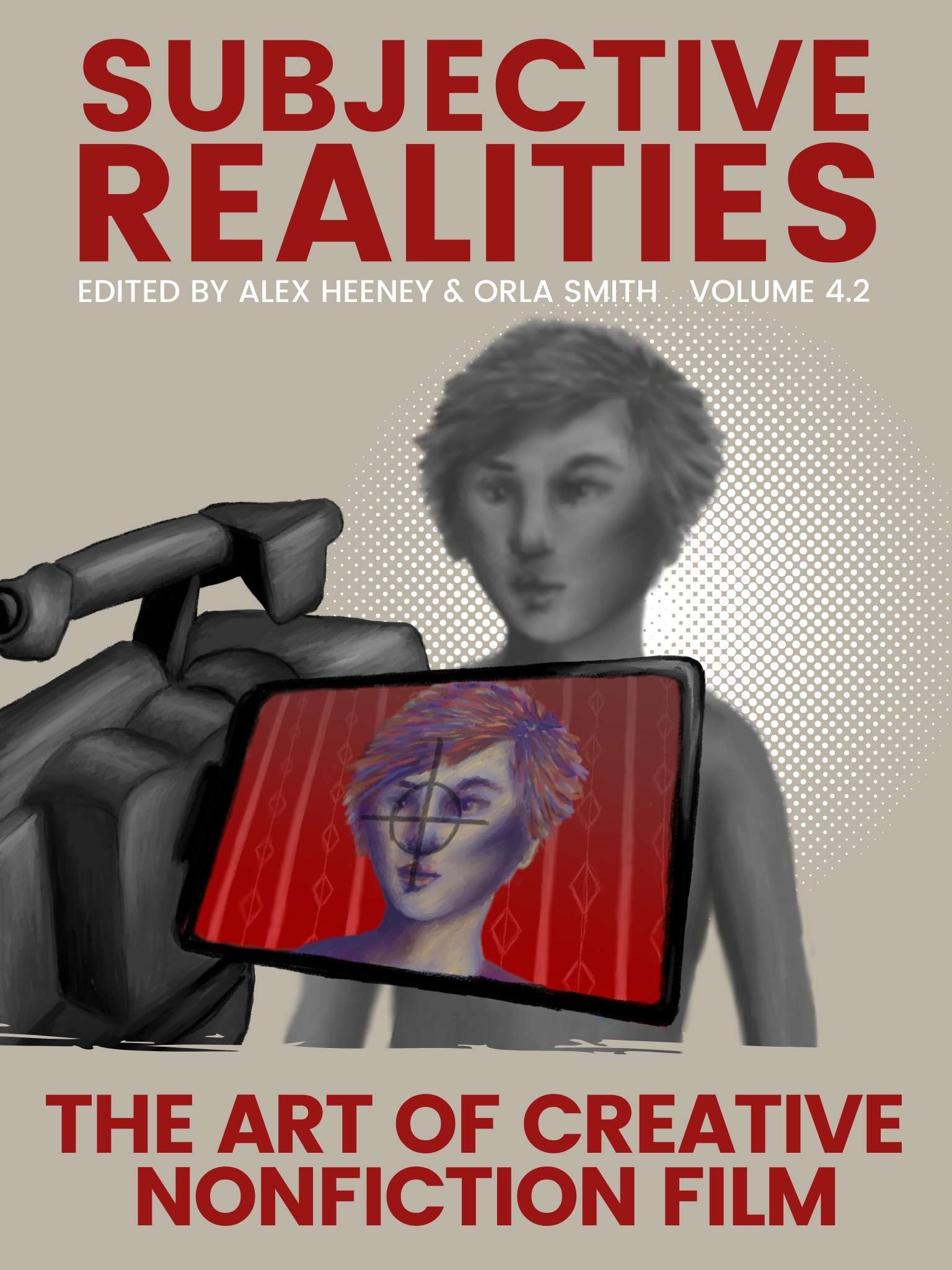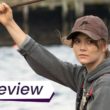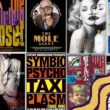Six filmmakers, from Penny Lane to Kirsten Johnson, weigh in on the question, what do you call your nonfiction film?
This is an excerpt from our ebook Subjective realities: The art of creative nonfiction film, out August 20th. Pre-order the ebook here.

This is Part One, chapter two of Subjective realities: The art of creative nonfiction film. Click here to find out more about the ebook and pre-order your copy.
In this chapter, we’ve collected insights from the filmmakers interviewed throughout this book on what terms they use to classify their films. Do they consider their films ‘documentaries’, ‘hybrid documentaries’, or do they prefer to describe them as ‘nonfiction’? How does the term ‘creative nonfiction’ sit with their perception of their films? It’s the catch-all term we chose to use for Subjective realities, but it has some shortcomings as a descriptor, which the filmmakers in this chapter comment upon.
We’ll start with Penny Lane, who inspired our use of ‘creative nonfiction’ years ago, when Alex Heeney interviewed her for Seventh Row about Nuts!. Then, you will hear from Joe Bini, Tabitha Jackson, Kirsten Johnson, and more.
Penny Lane
Penny Lane is an American filmmaker who has made films such as Nuts!, The Pain of Others, and Hail Satan?.
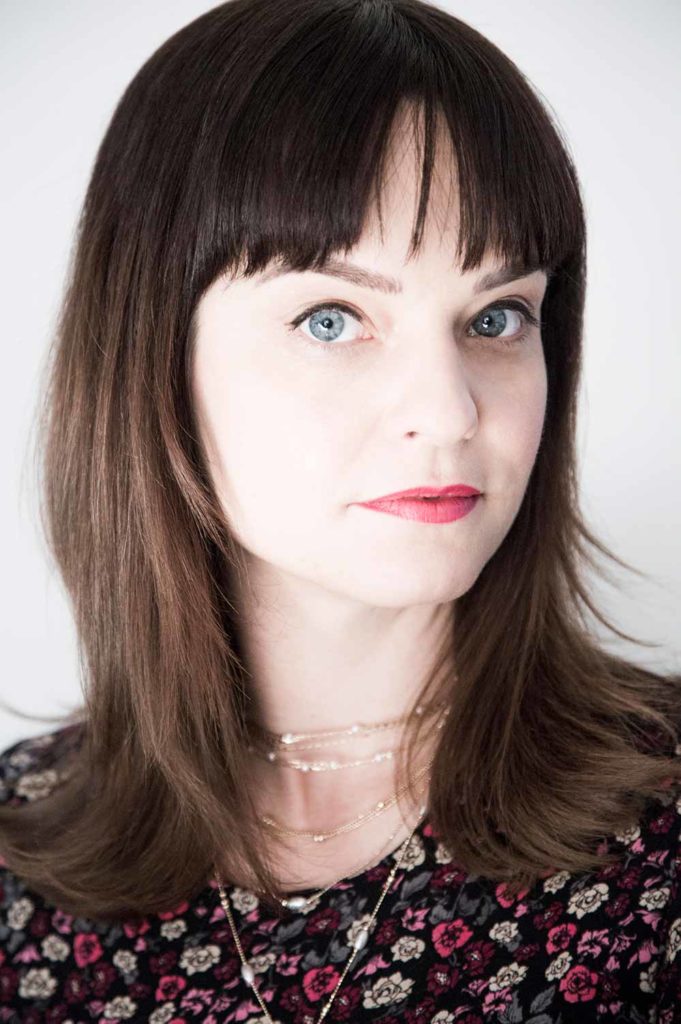
I think one of the reasons that I like the term ‘creative nonfiction’ so much is that I’ve always been a huge reader. Long before I ever had any interest in film, I was enamoured of writers. I still wish I was a writer in some sense, but I don’t have the rigorous discipline for it. Creative nonfiction was something I already understood and was excited about from the world of reading. I still, to this day, find myself much more engaged with the concerns of some of the writers in the world of creative nonfiction than I do with a typical documentary filmmaker.
I think [documentary is] a useful term. I think of it as a certain type of claim. You’re making a certain claim about the constraints that you put on yourself. There’s ways that you can break that trust. You can sort of mess with the promise of what a documentary is in a very interesting, artistic way. But the fact is that you’re making some kind of pact with the audience about the type of creative license you either are or aren’t taking.
That’s why I don’t think hybrid is a particularly interesting [term]. I don’t know why that keeps coming back. It actually doesn’t communicate anything to an audience, to call your film a hybrid film. It’s okay, I guess, if that’s what you want. But what are you actually trying to tell the audience with that term? I always find it so weird.
Pacho Velez
Pacho Velez is a New York-based filmmaker and film professor who has made films such as Manakamana (co-directed with Stephanie Spray, 2013) and Searchers (2021).
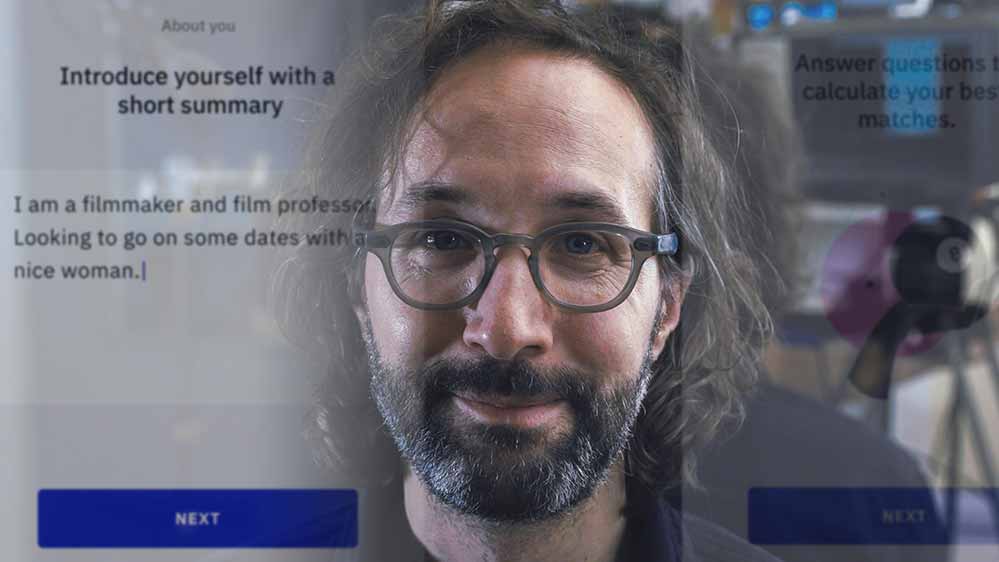
I usually refer to what I do as nonfiction filmmaking. That’s how I label the classes, rather than documentary, because I do feel that documentary invites more journalistic minded students that I have less to offer.
It’s not a perfect word. I guess I don’t mind creative nonfiction either. I’ve also heard avant-doc thrown around, which is not my favourite term. (laughs) I’m also just happy with ‘movie.’ Unscripted movie.
Sofia Bohdanowicz
Sofia Bohdanowicz is a Canadian independent filmmaker who has made short and feature films such as Never Eat Alone (2016), MS Slavic 7 (2019), and Point and Line to Plane (2020).

[Speaking to Seventh Row is] actually the first time that I’ve heard the term ‘creative nonfiction’. It’s always been hybrid or docufiction, but creative nonfiction is the best summation. It’s nonfiction, but it’s told in a way that is unique and unprecedented. That’s always been my goal with these narratives. I have a deep appreciation for the classical documentary form, but for me, I’m constantly asking myself, how can this be done differently? How can we push things or tell stories or share facts, but in ways that engage audience members?
Many people didn’t know what to do with me. “She’s not experimental enough; it’s not narrative enough.” I was having a hard time being programmed. Once an audience experiences the film, part of it doesn’t belong to me anymore. It belongs to you.
Joe Bini
Joe Bini is a film editor who collaborated with Werner Herzog over a period of twenty years and has edited documentary and fiction films for other directors, including Lynne Ramsay’s You Were Never Really Here (2017). He is now expanding into work as a director in film and live performance, including the personal project Little Ethiopia, which he co-directed with his wife Maya Hawke.
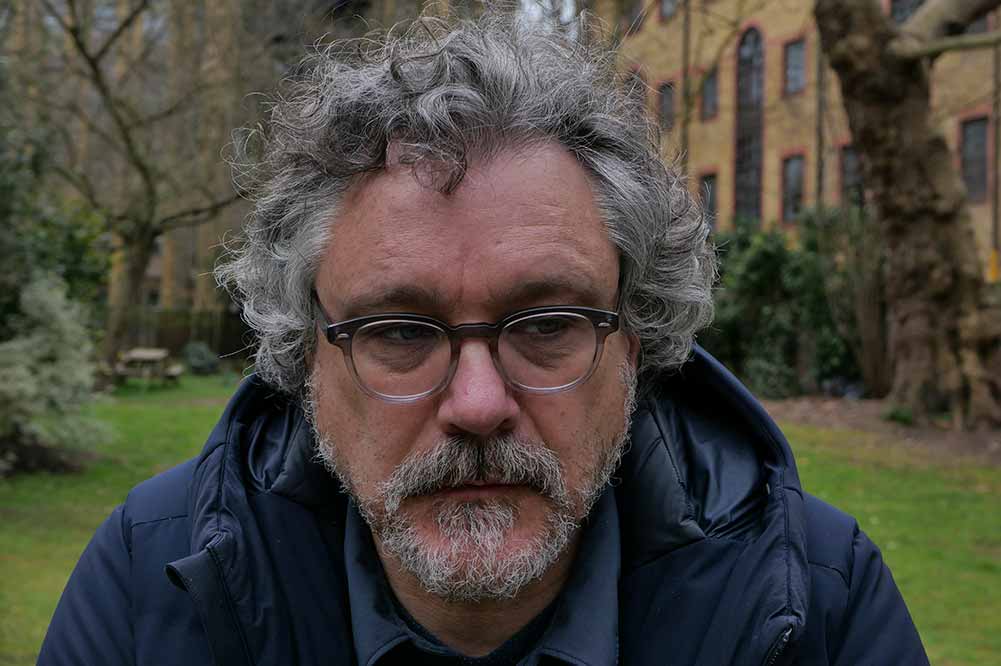
Is Little Ethiopia creative nonfiction? Yeah, I can see that. Is it nonfiction is another question, just based on [the fact that] some things are fabricated. It is definitely based on truthful things. The nonfiction [aspect], for the most part, was the fact that we’re in it. It’s based on real life.
I don’t have a word for it. But it’s something. When I’m reading a novel, if I’m absorbed in Crime and Punishment, I don’t really give a shit. I’m not thinking [of] fiction or nonfiction. I’m transported into a world. It’s a believable world. Obviously the person who is writing it knew so much about things that they created this world that’s completely believable to me. Of course, it’s supposed to be fiction. But the truth or the lie of it is not [the point]. It’s a higher truth. That’s what I would hope for. That’s how I always looked at documentary, anyway.
When I’m looking at interviews, I’m looking at interviews the same way I’m looking at Joaquin Phoenix. It’s a performance, and I am judging the performance. Do I believe this person? Do I not believe this person? Do I like them? Do I dislike them?
Tabitha Jackson
Tabitha Jackson is the Director of the Sundance Institute, and the former head of Sundance’s documentary programme, where she founded the Art of Nonfiction Initiative.
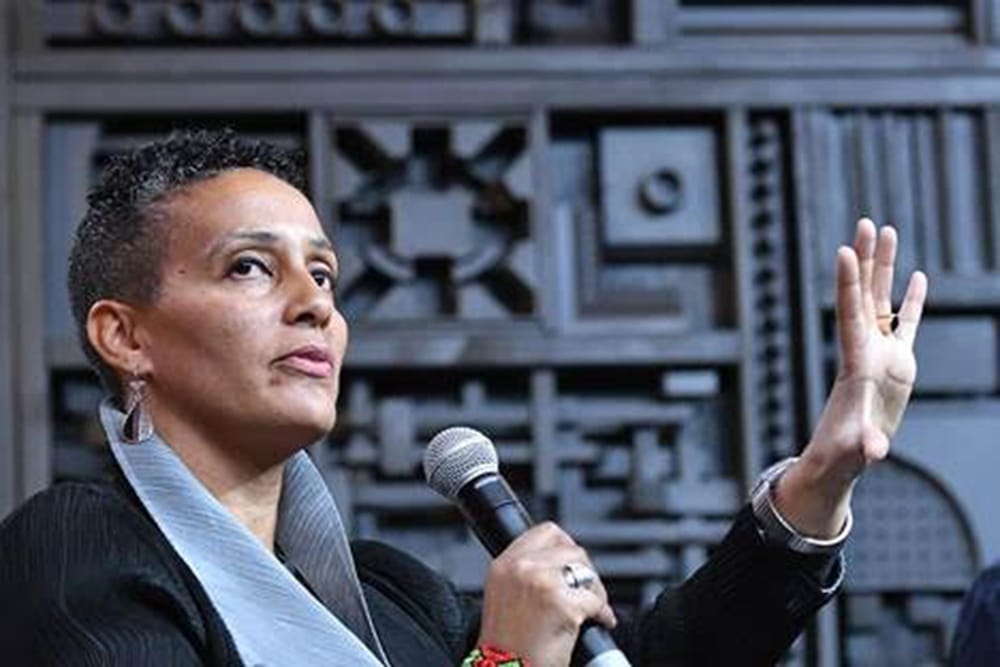
These words mean different things to different people. From a filmmaker point of view, I think you can label your work however you want, or not label it. A good example of that is the Ross brothers [Turner Ross and Bill Ross IV], who made a film called Bloody Nose, Empty Pockets, which was at [Sundance in 2020]. They do not label their work, actually. They just make ‘films’. It’s up to people who have to put them in sections on websites or at festivals to decide where it goes. There was definitely a heated discussion among the festival team about whether that film should go in a section called documentary, or whether it should go in fiction, or whether it should go in Premieres, so you don’t have to put it [in either]. But for them, it’s like, “This is not our fight. We just made the film; you put it where you want.”
I don’t go as far as saying you don’t even need to call it fiction or nonfiction. I think there is something specific that certainly applies to documentary and, I would argue, also applies to nonfiction, which is an ethical responsibility when you’re dealing with the lives of real people. It differs from fiction in the sense that those people who are in one’s film are still living, breathing, walking around, and dealing with the consequences of media that can be everywhere and anywhere forever now. It’s important to flag that, I think, in whatever label you choose, [whether that be] documentary or nonfiction or something else.
We still have an active discussion in our festival team about whether we should rename the festival category from documentary to nonfiction. It’s not simple. I think we all have different attachments to different words. But for an initiative like the Art of Nonfiction, it was specifically saying, there is something beyond the classical category of documentary that we are interested in exploring.
Kirsten Johnson
Kirsten Johnson is a longtime documentary cinematographer, and more recently, has worked as a nonfiction director of Cameraperson (2016) and Dick Johnson is Dead (2020).
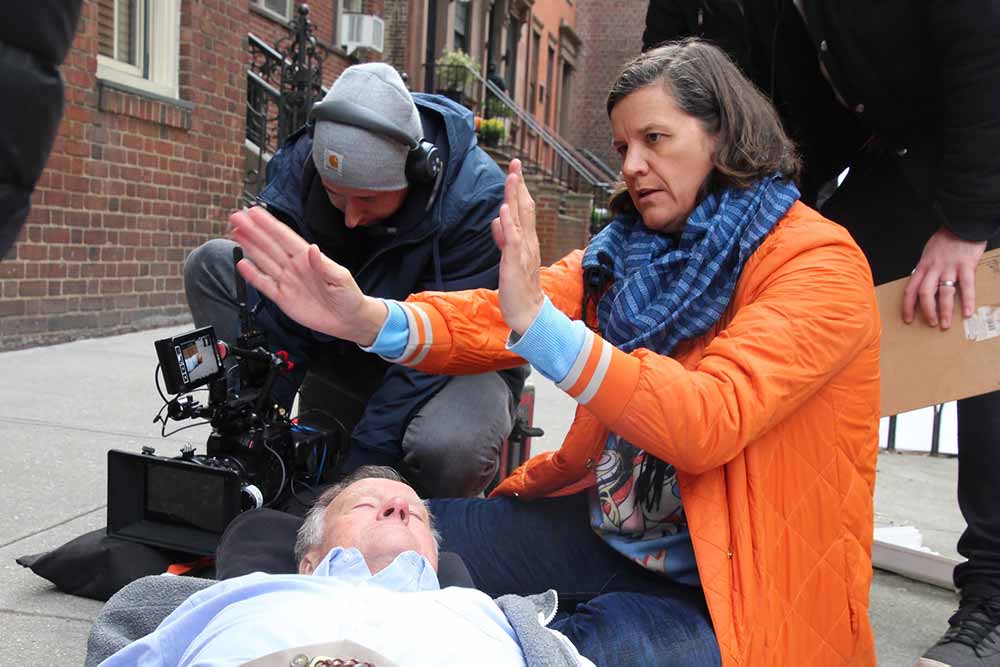
With Cameraperson, I was always being called a cameraman whenever I went out on the street with a camera, so I finally claimed [the term] ‘cameraperson’. I’m really interested in looking for new language, and I’m also happy and interested in using many terms for things. Someone said to me, “This film is a memoir,” and I was like “Oh, of course it is!” But that hadn’t even occurred to me. I like that [Dick Johnson is Dead] could have many names.
Because of the great expansion of creative nonfiction that is happening in the documentary ecosystem right now, I think that we’re all really excited about what we can do. Look at the work of Chloé Zhao for example, The Rider (2017) and Nomadland (2020). There’s no question to me that Frances McDormand’s acting [in Nomadland] was better because she was surrounded by people who had lived through things and she had to rise to their lived experience. It was different than doing that with a bunch of actors. She was not relying on the things that she usually relies upon.
Take All These Sleepless Nights (Michał Marczak, 2016), as an example. I took a bunch of students to see that, and they were like, “This isn’t a documentary!” I was like, “You’re telling me this isn’t a documentary of the emotions you feel when you’re young?” And they were like, “Yeah it totally is.” I don’t know what you want to name it, but I love this film, and I can’t name any other film that transports you to youth in the same way that film does.
I’m interested in multiple names for things. Like life and death, documentary and fiction is all too simple, too binary, and too small. I actually would love it if you came up with a name for this movie, if you gave it a genre. That would be really fun for me.
‘Nonfiction’ still feels to me like… what is that? The negatively defined thing. But it’s not bad. We’re going to find something!
